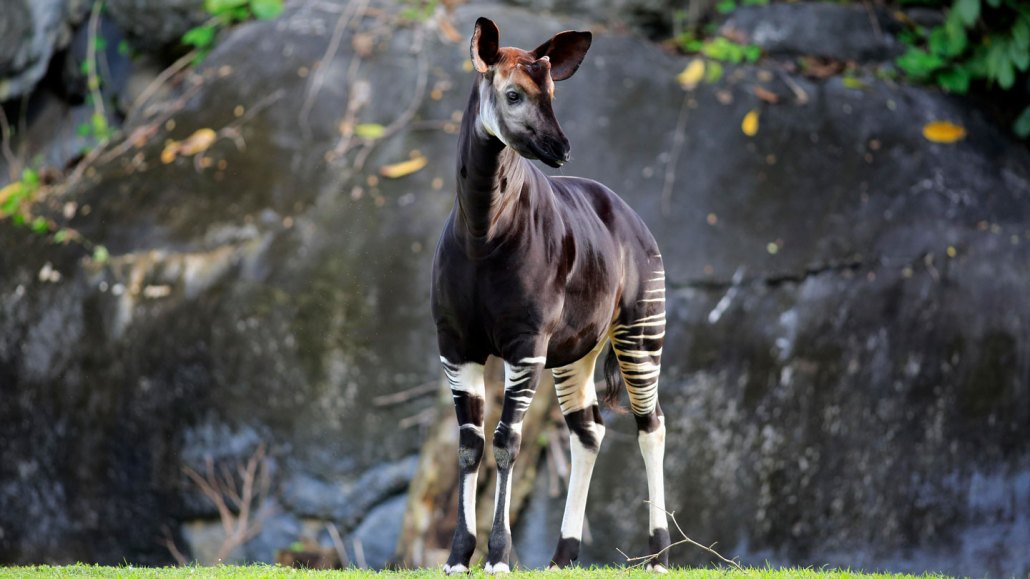Questions for ‘DNA in air can help ID unseen animals nearby’

A new technique sucks DNA out of the air to successfully identify dozens of zoo animals, like this okapi.
Jurgen & Christine Sohns/Royalty free/Getty Images Plus
Share this:
- Share via email (Opens in new window) Email
- Click to share on Facebook (Opens in new window) Facebook
- Click to share on X (Opens in new window) X
- Click to share on Pinterest (Opens in new window) Pinterest
- Click to share on Reddit (Opens in new window) Reddit
- Share to Google Classroom (Opens in new window) Google Classroom
- Click to print (Opens in new window) Print
To accompany ‘DNA in air can help ID unseen animals nearby’
SCIENCE
Before Reading:
- Take a guess: How many different animal species do you think live within 0.6 kilometer (one mile) of your house? Imagine this scenario: You win a million dollars if you can put together an accurate list of all the vertebrate species living within that area. Do you think that task would be easy or hard? How would you do it? What kind of tools would you use?
- Imagine you are a detective arriving at a burglary crime scene. You piece together the following events. First, a burglar used a brick to break a basement window. Then he climbed through the broken glass. And from the drops of blood, it appears he cut themself. Once inside, this burglar rummaged through the house. Before leaving, it appears the burglar made a sandwich. He left dirty silverware on the counter and the sandwich crust on the table. As the detective, where might you look for DNA? Identify five surfaces in the house that you might sample for DNA.
During Reading:
- What is eDNA? In the past, what have scientists learned from eDNA found in water? What are the scientists hoping to learn from airborne eDNA?
- Where did the researchers go to test their new strategy?
- Describe the vacuum used by the Denmark group.
- What is a binturong? What did the binturong grab through its cage? How many sites did Elizabeth Clare and her team sample?
- How many total samples did Clare’s team turn up? How many of those samples contained vertebrate DNA? How many different types of animals did Clare’s team detect?
- How did chicken DNA show up in the binturong enclosure?
- How many vertebrate species did Christina Lynggaard and her team detect in air vacuumed from the okapi pen?
After Reading:
- Why does Lynggaard speculate that when using eDNA, animals that “groom a lot” might be easier to detect than other animals? With that reasoning, come up with other animal characteristics or behaviors that may make those animals easier to detect.
- Researchers aren’t yet sure how long eDNA lasts in the environment. How might climate affect how much eDNA scientists can collect? Think about factors like rainfall and average temperature. Describe a type of climate where the amount of available eDNA might be reduced.